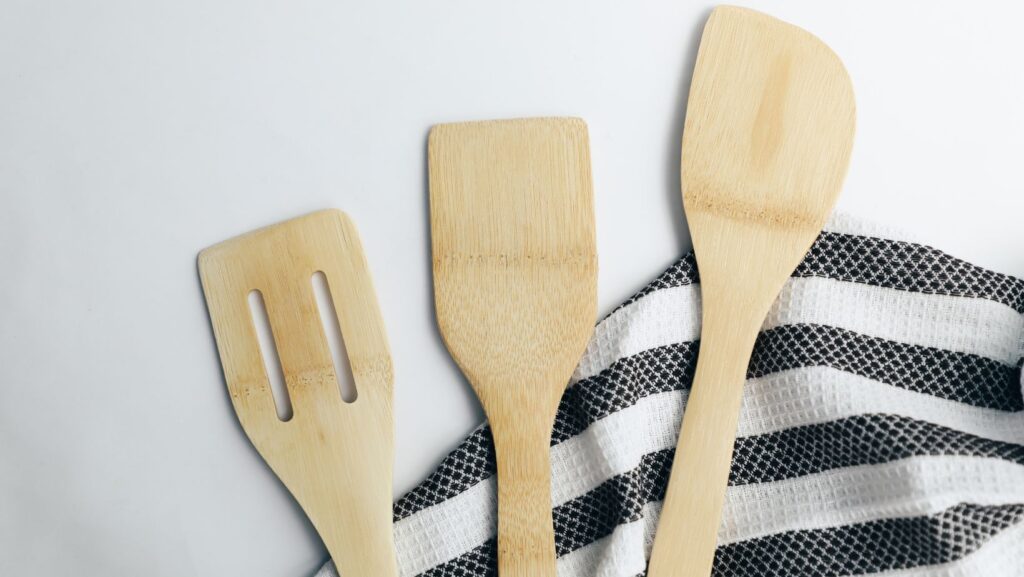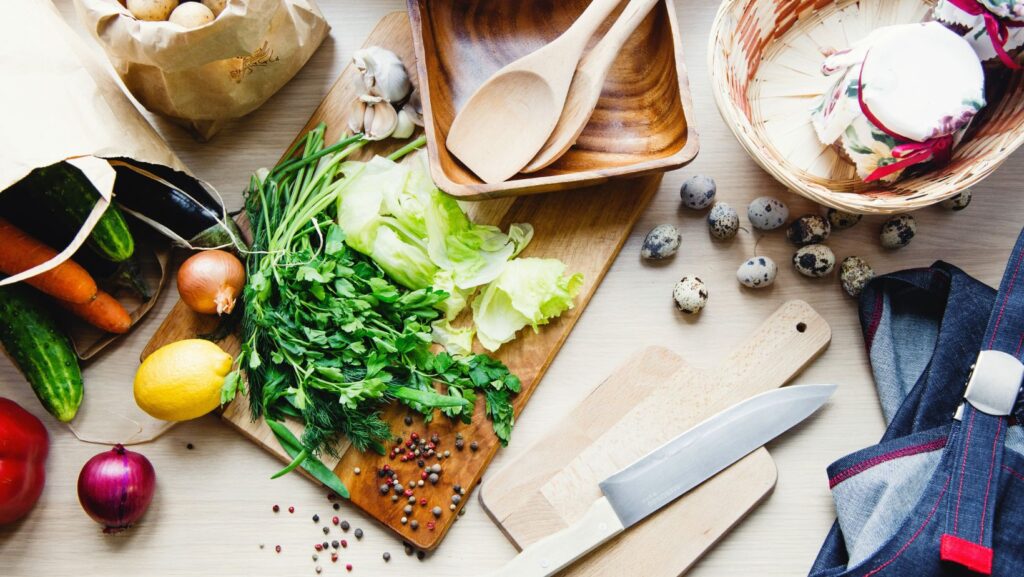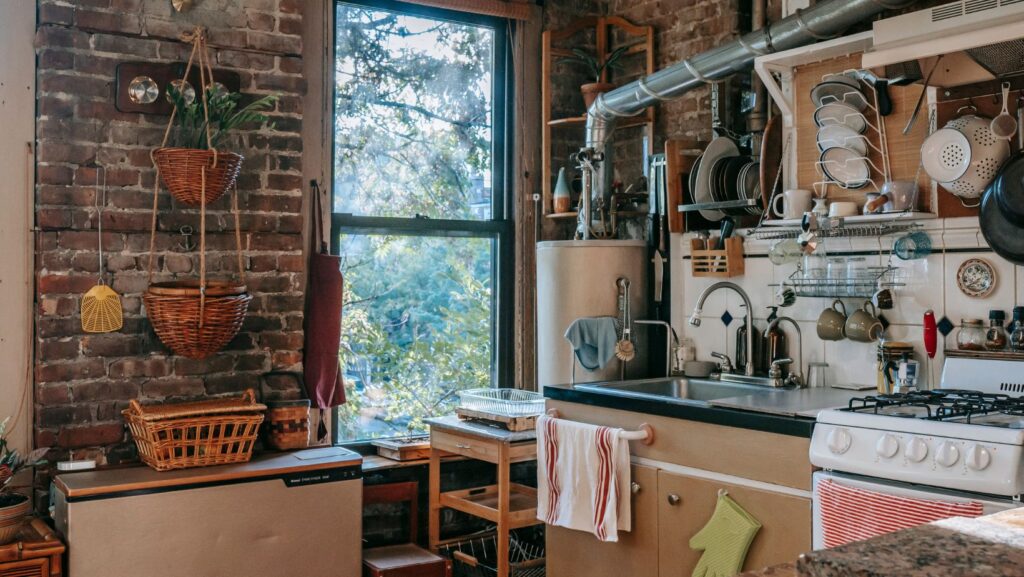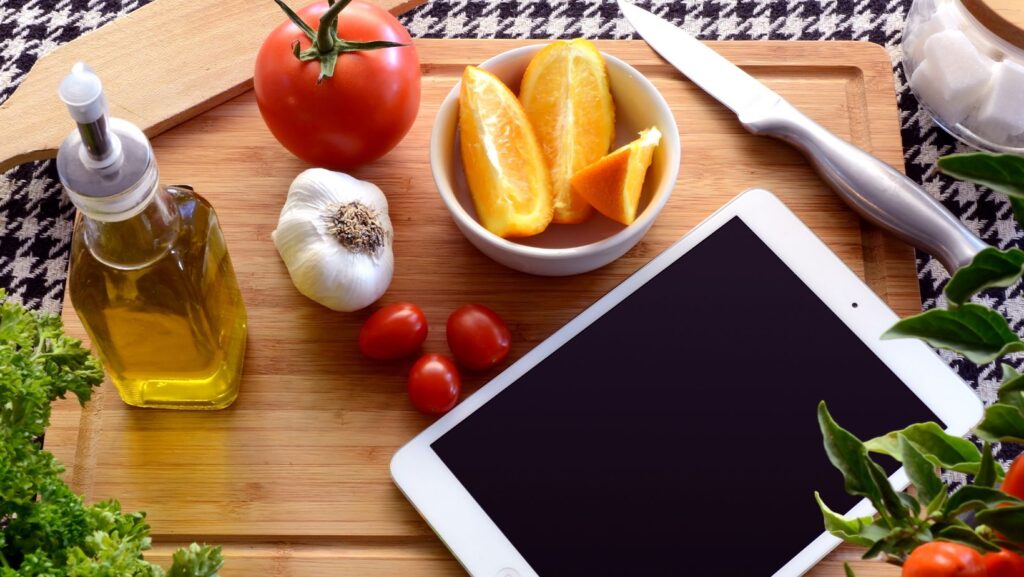Kitchen Utensils Holder

Imagine a kitchen where every utensil has its own designated place, where you’re not rummaging through drawers to find that elusive whisk when you’re in the middle of cooking. Sounds like a dream, right? A kitchen utensils holder can make this dream a reality.
Kitchen utensils holders aren’t just practical; they’re also a key element in maintaining a clean, organized kitchen. They come in a variety of styles and materials to suit any decor. But how do you choose the right one for your kitchen? That’s what we’re here to help with.
In this article, we’ll explore the world of kitchen utensils holders, discussing their benefits and guiding you on how to select the perfect one for your needs. So, let’s dive in and make your kitchen a more efficient, organized space.
Importance of a Kitchen Utensils Holder
Benefits of Organization
A well-organized kitchen, they say, mirrors a disciplined cook. With utensil holders playing a key role in organization, the ease of finding and replacing utensils is undeniable. No more fumbling around in cluttered drawers; the holder segregates each kitchen tool, making it distinctly visible and easily accessible. Examples of such tools include spatulas, whisks, and ladles. Moreover, this segregation helps you avoid damage to utensils, often caused by haphazard stacking and storing. Lastly, an organized holder keeps you focused on the process of cooking rather than wasting time finding your tools.
Saving Space and Accessibility

An innovative solution to saving kitchen counter space is the utensil holder. The streamlined design of some holders lets you store multiple tools in a single compact unit, thereby conserving precious counter space. For instance, rotating holders allow several tools to be housed in a single cultural footprint. Also, vertically designed holders enable the utilization of height, providing a 2-fold advantage. Firstly, they conserve horizontal space by expanding upwards. Secondly, they maintain easy access to even the tallest tools without the need of stretching or straining. Thus, a utensil holder ensures that ease and efficiency go hand in hand with your culinary endeavors.
Types of Kitchen Utensils Holders
In a successful kitchen, many types of utensils holders exist. Each type contributes to maintaining an organized and efficient cooking environment.
Countertop Holders
Countertop utensils holders, a popular and easily accessible option, offer a quick solution for storing tools. It’s common to see these holders holding spatulas, wooden spoons, or whisks. They come in a variety of materials including plastic, ceramic, and stainless steel. Additionally, designs range from minimalistic cylinder-shaped holders to complex, rotating varieties for easy access to any utensil.
Wall-Mounted Holders
Taking advantage of vertical storage space, wall-mounted holders help clear counter space. They’re great for smaller kitchens and often hold tools like strainers, spatulas, and measuring spoons. Some wall-mounted holders come with pre-installed hooks while others offer magnetic strips for flexibility. Whether it’s metal, wood, or plastic, you’ll find a plethora of options in the market.
Drawer Organizers
Less apparent but equally important, drawer organizers offer hidden storage. They’re excellent for delicate or seldom-used utensils like tenderizers, zesters, or seafood crackers. Drawer organizers typically include trays or compartments in varying sizes to accommodate assorted utensils. Additionally, they’re available in a wide range of materials such as bamboo, plastic, and metal, complementing any kitchen décor.
Key Features to Consider in a Kitchen Utensils Holder
Material and Durability

A practical way to identify worthy kitchen utensils holders centers on the material composition. Commonly-used materials include metal, plastic, wood, ceramic, and bamboo. When evaluating these materials, prioritizing durability secures an elongated lifespan for the utensil holder. For instance, stainless steel holders, boasting high resistance to rust, offer a long-lasting solution. Conversely, the charming aesthetic of a ceramic holder is offset by an innate fragility that demands careful handling. Bamboo holders, on the other hand, offer a blend of durability and environmental friendliness, suitable for eco-conscious consumers. Therefore, understanding the durability of the material in relation to use patterns impacts the lifetime value of the holder.

